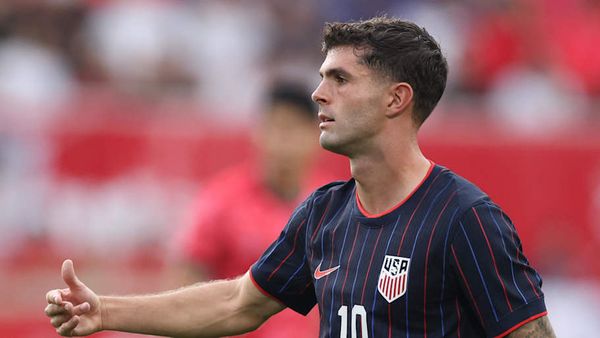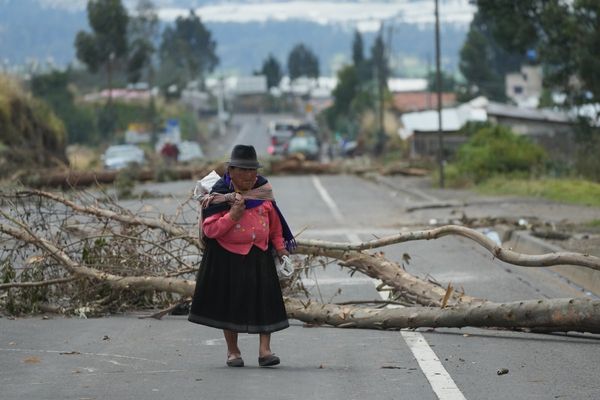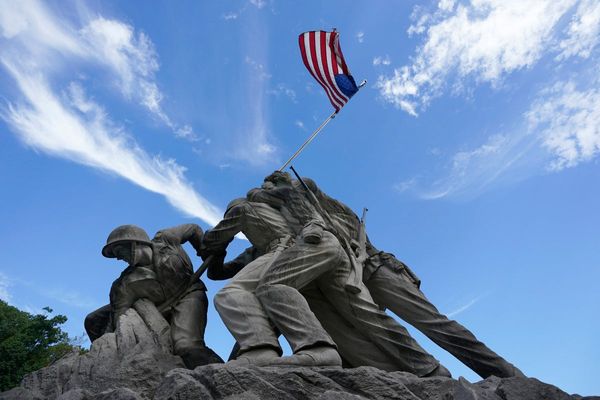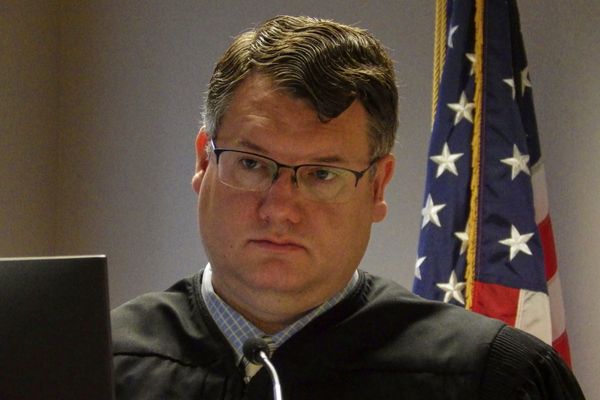(Bloomberg Businessweek) -- Their romance began on a server at a San Francisco startup. Anna Wood had submitted a profile to the League, a dating app aimed at young professionals. She was the perfect prospect: Degree from a top university? Check. Management-track job at a marquee company? Check. Carefully selected profile pictures and a winning smile? Check and check.
The League’s algorithm quickly matched Wood, who’d been working in sales at Google and had just been admitted to Stanford University’s business school, with Tracy Thomas, an employee at a Bay Area startup with a wardrobe straight out of preppy clothier Vineyard Vines. Within a week, they’d arranged to meet at a tennis tournament. Sushi, drinks, and frozen yogurt followed. Three years later, they’re engaged and living in Los Angeles while Thomas wraps up his own business degree. “It was important to me that someone I was going on a date with was well-educated and driven, and had a lot of the same goals I did,” says Wood, who now runs a lifestyle blog and coaching service called Brains Over Blonde. “I have big career ambitions, and that had, in the past, intimidated—scared away—people I’d dated.”
The League is among a new crop of elite dating apps whose business models are predicated on the age-old reality that courtship is partly an economic exercise. The services are facilitating unions between educated, affluent millennials who are clustering in such cities as San Francisco and New York. In the process, they could be helping to intensify America’s growing income inequality, as well as wealth disparities between metropolitan areas and the rest of the country. Dating apps “help you find exactly what you want,” says Tyler Cowen, an economist at George Mason University who has broached the topic on several occasions on Marginal Revolution, a popular blog he co-hosts. Now, “you marry a college professor across town, a lawyer in D.C., rather than someone you work with or someone your brother-in-law matched you up with.” (Cowen is also a columnist for Bloomberg.)
The app initially targeted Bay Area singles. “There’s pure, unbridled ambition here, and that was something that I wanted to rein in and help people who are busy and doing amazing things find other people who are busy and doing amazing things,” says founder Amanda Bradford, a Carnegie Mellon University computer science graduate who peppers her conversation with phrases like “love, love, love.” Bradford was working toward her MBA at Stanford when she hit on the idea of an exclusive dating app. She had just come out of a relationship and was unimpressed by the online matchmaking sites she tried. She launched the League in 2015; its tag line is “Meet. Intelligently.”
The service now has 300,000 active users and a 500,000-person waitlist. The business operates on what’s known as the freemium model. Those who join at no cost are entitled to three daily “prospects,” while $349 a year buys you more prospects and an assortment of other perks, such as “VIP passes” to get your friends’ membership applications fast-tracked. The admission rate ranges from 20 percent to 30 percent, depending on the market. The League has expanded into Pittsburgh, Tampa, and Orlando; Bradford has considered moving into suburbs but is sticking with cities for now, because that’s where the action is, she says.
The League has no shortage of competitors. Luxy, which bills itself as the No. 1 online match and dating service for millionaires, says half of its active members earn more than $500,000. Raya calls itself a “private, membership based community for people all over the world to connect and collaborate.” Sparkology describes itself as a “curated dating experience for young professionals” and accepts members only by invitation or referral. “Ladies, you asked for quality gentlemen: Men are verified grads of top universities,” reads the pitch to prospective female clients on its home page.
Such apps have become an integral part of the millennial mating game. Nationally, just 10 percent of 20- to 24-year-olds registered with an online matchmaking service in 2013, according to a Pew Research Center analysis. Just two years later that figure had almost tripled, to 27 percent. “I would prefer to meet someone organically, but if I’m in an airport, and just walking to and from the office, that’s obviously not going to happen,” says consultant Joslyn Williams, who moved to the Chicago area from Nashville in November and immediately signed up for the League.
College-educated singles in the U.S. have long gravitated to cities, a preference that’s grown more pronounced in recent years. Across America’s 50 largest metros, more than half of adults living in city centers in 2015 had degrees, up from 29 percent in 1990. Likewise, 33 percent of inner-city residents were between 22 and 24 years old, up from 29 percent in 1990. Those trends were even more pronounced in cities such as New York and Chicago, based on a University of Virginia analysis.
This clustering effect is reinforcing another phenomenon: More Americans are seeking spouses with similar levels of schooling, a pattern known as assortative mating. Couples in which both members had at least a four-year degree made up 23.9 percent of all married people in the U.S. in 2015, up from just 3.2 percent in 1960, when far fewer women attended universities, according to Wendy Wang at the Institute for Family Studies.
Education-based marriage-matching moves in lockstep with inequality, according to research by University of California at Los Angeles sociologist Robert Mare. What Mare calls educational homogamy was high in the Gilded Age, fell off in the 1950s—when incomes were more even—and has marched higher in recent decades.
The pattern can also perpetuate inequality, since college graduates have higher earning potential and consolidate that advantage under one roof. Millennial households headed by a college graduate earn more than comparable families in prior generations, according to Richard Fry, a senior researcher at Pew. That’s partly because of their higher wages and partly because they’re far more likely to marry than their noncollege peers. Less-educated households, by contrast, make less than prior generations. If dating services make it easier to find, date, and marry people with similar backgrounds, they could compound the rift.
On the League, below the half-screen photo of a potential mate, you’ll find a name and crucial details: age, location, height, education, profession, and interests—from podcasts to wine to triathlons. If intrigued, you can bat a seafoam-green heart to the right, or you can banish the person with a disqualifying “X.” About 30 percent of the app’s users come from Ivy League schools, and they’re more than twice as likely to match with one another. Overall, users with similar education levels are three times as likely to match.
Jay Feldman was named among the 20 “most eligible” medical professionals in New York by Hinge, a five-year-old service that connects friends of friends and recently rebranded itself “the relationship app.” But the med student says he prefers Tinder, a site with a reputation for facilitating hookups, and the League. Feldman says “the girls are much better” on the League than on Tinder. They’re not all pretty, he notes, but they have nicer profile pictures and they’re all working or in school. While Feldman doesn’t insist on finding someone who makes as much or more than he does, he’d prefer to date someone with an education, because it makes for better conversation and because she needs to be “presentable” if he takes her home to his family.
Feldman took the six months he spent on the waitlist before getting admitted into the League as a good sign. “It’s the same kind of principle as going to a club,” he says. “If they make you wait, it must be good.” (Updates information in the ninth paragraph and graphic on percentage of U.S. couples with college degrees with new data.)
To contact the author of this story: Jeanna Smialek in New York at jsmialek1@bloomberg.net.
To contact the editor responsible for this story: Stephen Merelman at smerelman@bloomberg.net, Cristina Lindblad
©2018 Bloomberg L.P.







